Yeah, I know, it’s my favourite and most often asked question… tyres!
Again.
Just received an email from Kate (name changed to obscure her identity) with a perfectly reasonable request about pressure and suitability of her tyres, for a pending Outback trip. Have a read.
Kate:
I have 2012 diesel Nissan X-Trail with 225/60R17 99H BS D697 RBT tyres (I hope that means something to you) and I’ve been advised when I go on outback bitumen to have 38psi and when on the Oodnadatta track 25 PSI.
I have not been told whether to have the same PSI when home.
I’m confused because I don’t think fully loaded will make much difference from unloaded, because I don’t have a fridge or extra battery and am one small lady who doesn’t have much stuff. I usually travel alone, so have been using the same pressures at home.
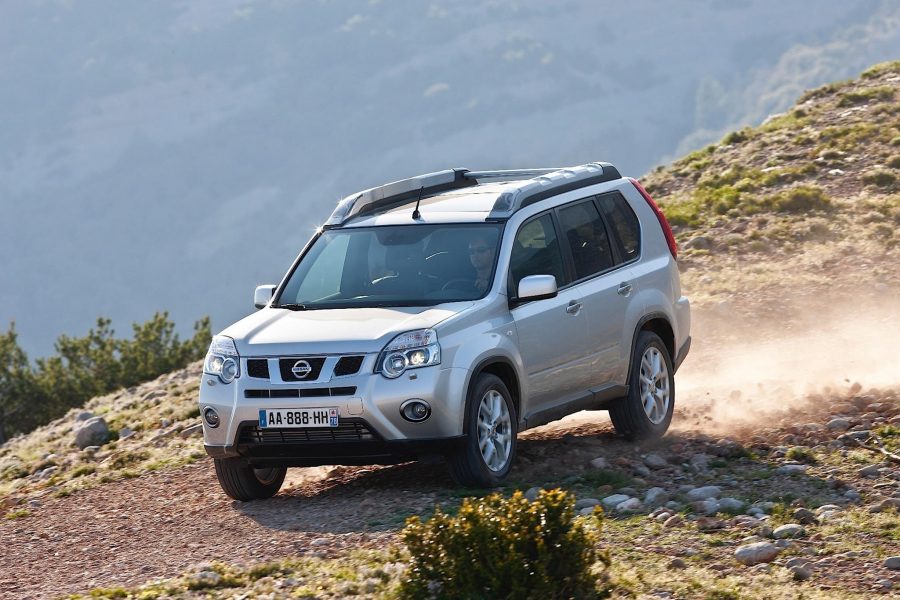
I’ve now heard about cold and hot pressures, so I’m getting more confused. I mostly do my pressures at the fuel stop so I’m assuming that’s hot.
Now, my son reckons they are too high, but I’ve been doing 38 at the servo for 2 years now. Can you help?
David:
Hi there Kate,
Yep, tyre pressure, everyone has an opinion and they are usually wrong. Even a franchised Nissan dealer will likely overinflate too, despite the right advice staring them in the face… that’d be the tyre placard.
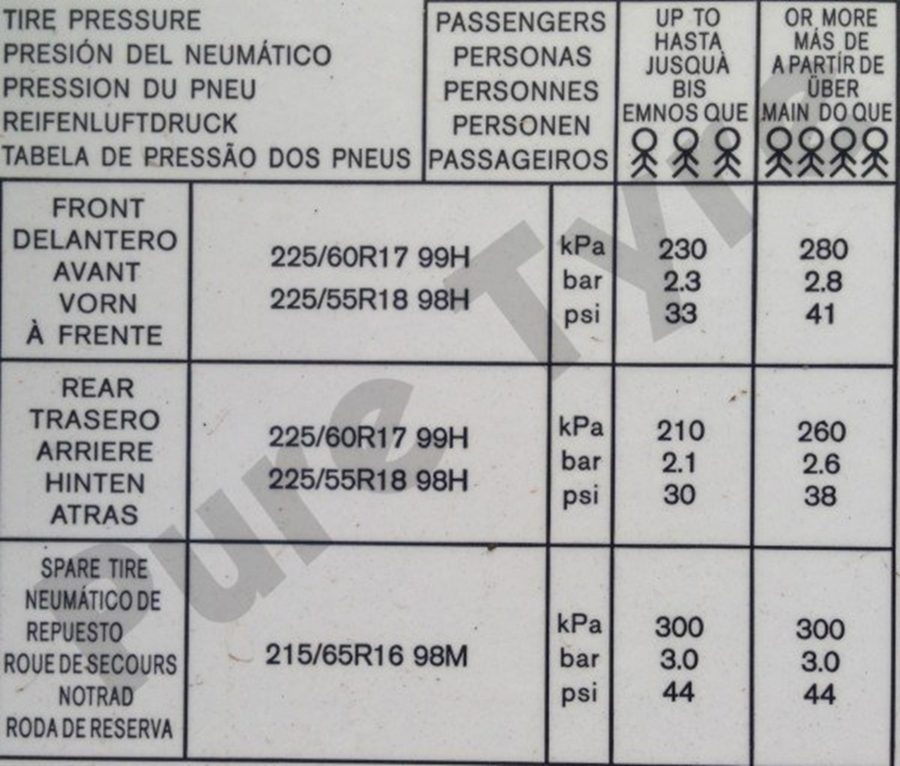
By your driver’s door pillar (or on the glovebox lid) there’ll be a sticker that sets out recommended pressures for your vehicle as Nissan had designed it. These will be right for your bitumen pressures. Use them. Sometimes they take a bit of deciphering because it might mention different loads. I’d suggest you take a pic of it and send it to me.
Here’s some best practice for the dirt.
When you go onto a high speed (less than 80km/h) dirt road (Oodnadatta Track) and you’ll be on it all day(s), take the placarded bitumen pressure and reduce by 20%. That will make the tyre flexible and better able to absorb rock impacts and lessen the chance of a puncture.
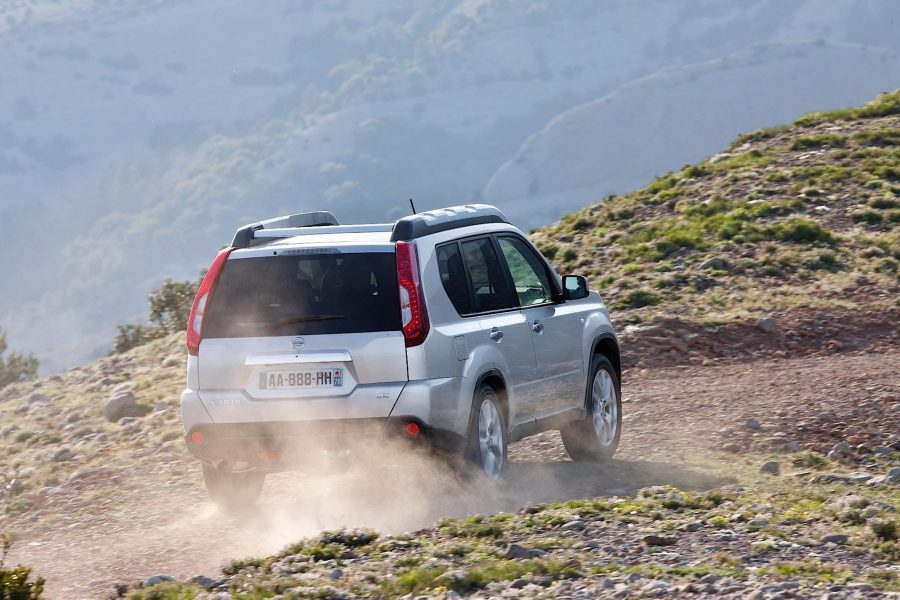
It’ll also lengthen the tyre’s footprint which will give you shorter stopping distances and because the tyre can flex, you’ll suffer the corrugations more comfortably. It’s win-win. Along with the pressure reduction you need to drop the speed, we call it the 20% rule, slow down and let down (pressure) by the same margin, 20%. At the resumption on the bitumen, return to the placarded pressure.
Ignore the BS about hot and cold. Ideally you should be starting the day with your pressure check as the tyre will be cold. You might drive 100kms to the first bit of dirt and then irrespective of the temperature of the tyre, the pressure is what we want to know at that moment, so dump 20%. It might have increased 2-3psi since start of the day but it’s nothing in the grander scheme of things.
I think your son is right. 38psi sounds too high when the car is light, but I know from past experience that a FWD/AWD (Front Wheel Drive/All Wheel Drive) vehicle usually kicks off around 33-35psi in the front and maybe down around 30psi in the rear. Why is that? There is more load over the front axle with engine and gearbox driving those front wheels. The rears will likely be lighter (pressure-wise) until you put a full holiday load in there or tow something, 10% of that tow mass usually finds its way onto the towball. That’s why you might see on your placard that the rear pressure recommendation rises with the heavier load applied.
As to your tyre. Yes, I did understand all that mumbo-jumbo and here it is explained.
You have a Bridgestone Desert Dueler D697 in a 225/60R17 99H.
225 is the face width in mm, 60 is the aspect ratio (sidewall height) measured as a % of tread face width, R = Radial (the tyre’s internal construction), 17 is the inch diameter of the wheel, 99 is the load index = 775kgs and H is the speed rating = 210km/h.
What you’ve got here is a passenger car tyre designed for the bitumen. It is H speed rated so it’s thin for high speeds, to dissipate the heat generated in the tread face as it rolls down the road and the load index (99) is adequate for the weight of the vehicle, but not brilliant.
Because your vehicle is an FWD/AWD, it is very hard to get a different set of tyres that reflect your style of travel, as Nissan assumed that the majority of people buying that vehicle were doing so for the city.
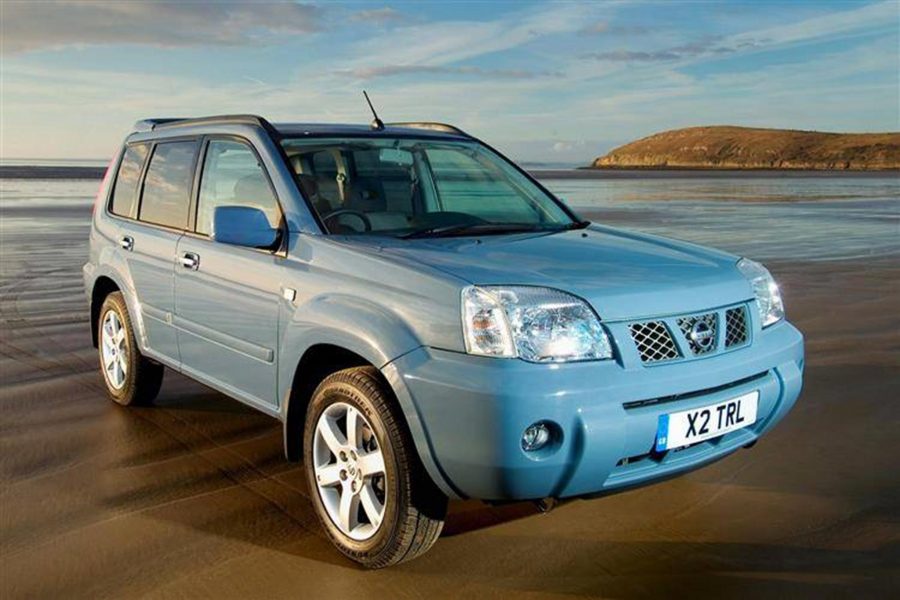
An LT (Light-Truck) alternative would have been better, so too an increase in the load index.
I had a quick look at the Toyo Tyres website and they list an 225/70R17 115S in their Open Country All-Terrain II which is my favourite 4WD tyre.
This offered up a healthy increase in the load index at 115 = 1,215kgs, a near 50% improvement in strength which is the sort of gain that’s likely to make you puncture-proof (when coupled to pressure reduction strategies).
It’s also a much more sensible S = 180km/h speed rating, confirming it’s more versatile than what came before it, slower and thus stronger carcase.
Only downside is the height. The 70 profile adds 45mm to the rolling diameter, goes from 695mm to 740mm.
Now on an ordinary 4WD that wouldn’t be a problem because there would be plenty of clearance under a wheel arch to accommodate the change, but on an X-Trail, I have no recent experience to know it would fit without fouling on the front, lock-to-lock, turning left and right and when the suspension is compressed say on a bump.
You are permitted a 50mm increase in diameter so it would be legal, the only other things are what it would do to your speedo (I suspect make it accurate) and raise the gearing by around 5%, making it slightly slower to get off the mark.
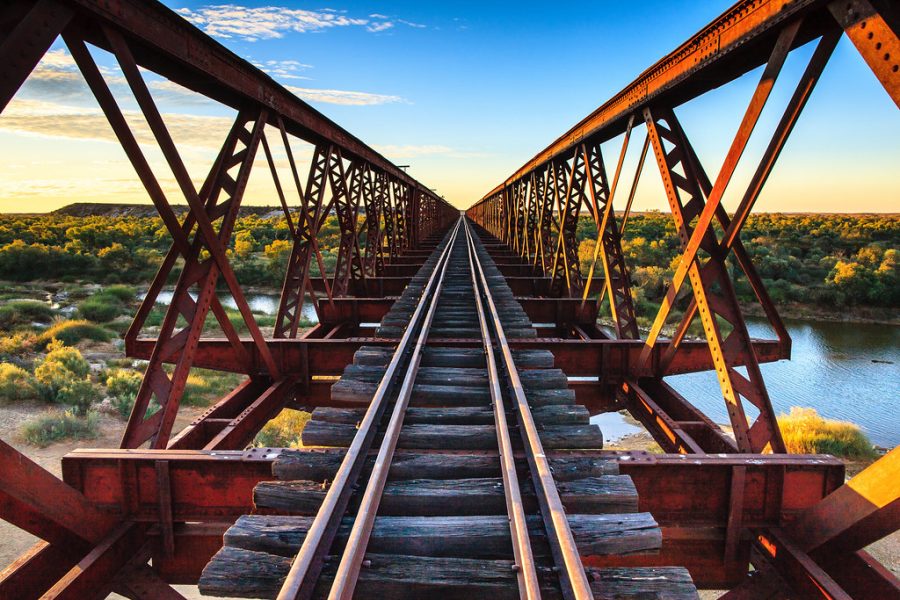
The extra clearance under the vehicle would be welcome from a clearance perspective if you elected to go inspect the Algebuckina Bridge down at river level or tackle a few lumps and bumps that you might ordinarily shy away from.
You should be encouraged to explore, even in your X-Trail.
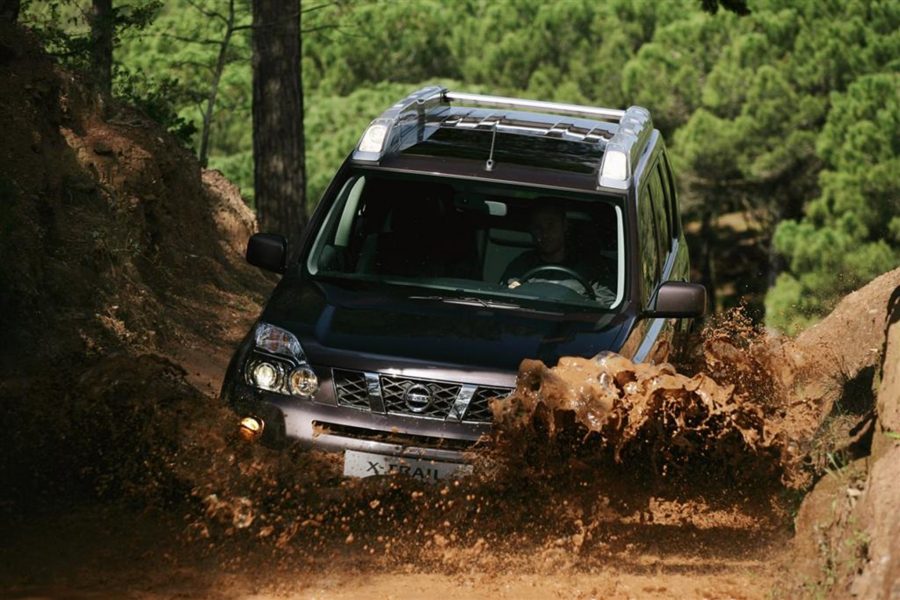
Remember though that it doesn’t have LOW range, so climbing steep hills and boggy conditions will be beyond the scope of the vehicle and especially so since I remember diesel X-Terrains were a manual-only proposition. You run the risk of frying the clutch.
Use the AUTO 4WD position on your selector instead of 2H/2WD for just about all your driving, bitumen and dirt as it’ll be safer. The vehicle uses a centre-differential that can be LOCKED, that’s the last position, which affords much greater mobility in more difficult conditions because equal amounts of drive go forwards and to the rear.
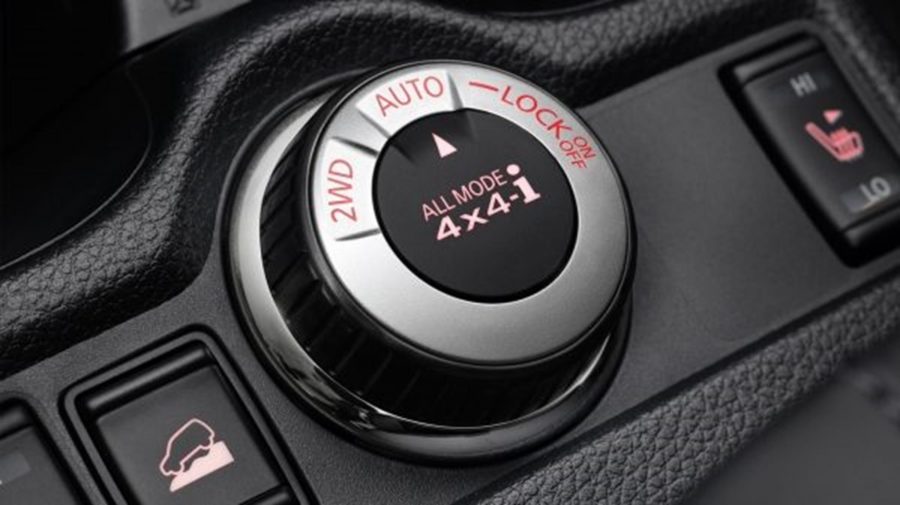
It’s worth mentioning the LOCK position should never be engaged on hard surfaces (bitumen/concrete/paving) as you’ll suffer transmission wind-up and might break something really expensive!
It’s also worth mentioning that if the LOCK position were engaged, Nissan put a fail-safe in there to prevent the wind-up, and at speeds in excess of 40km/h, the centre diff-lock function would disengage automatically.
Hope that all helps!
Regards
David
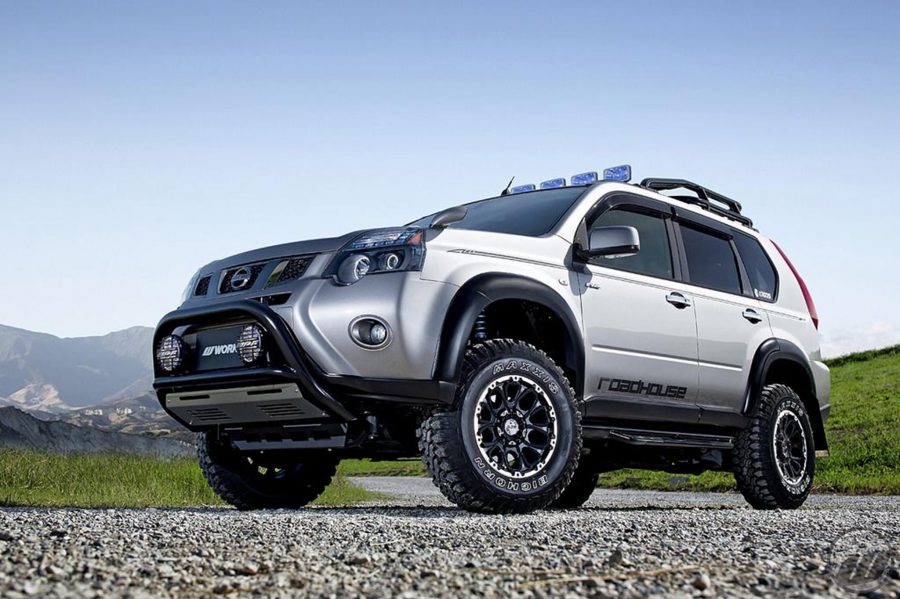
Here’s another one you might find interesting too and why you shouldn’t go nuts on picking too big a tyre!





GIPHY App Key not set. Please check settings